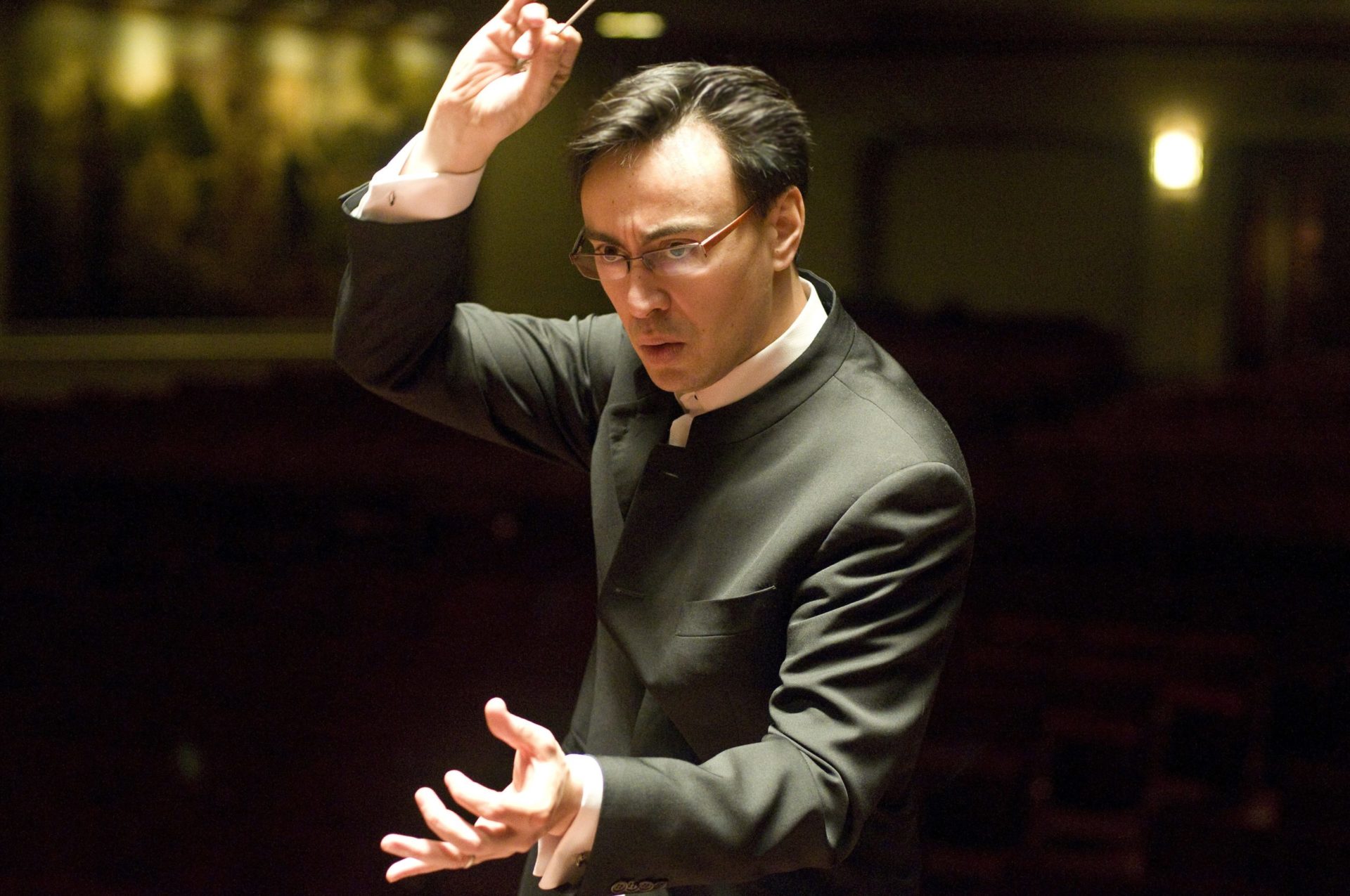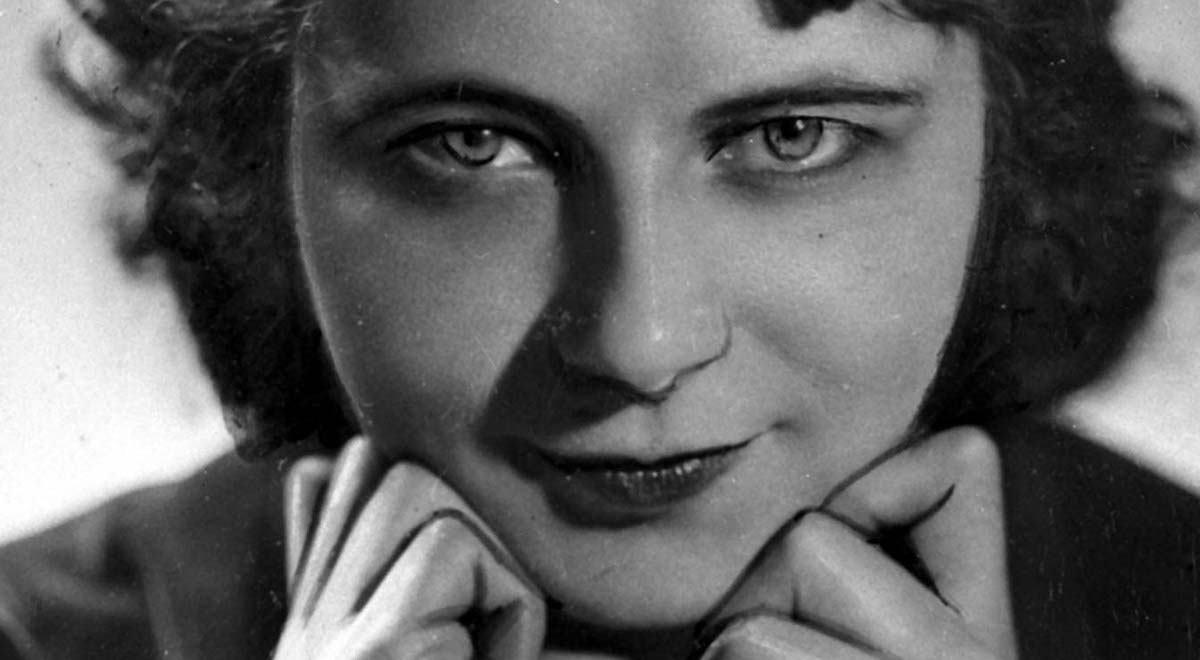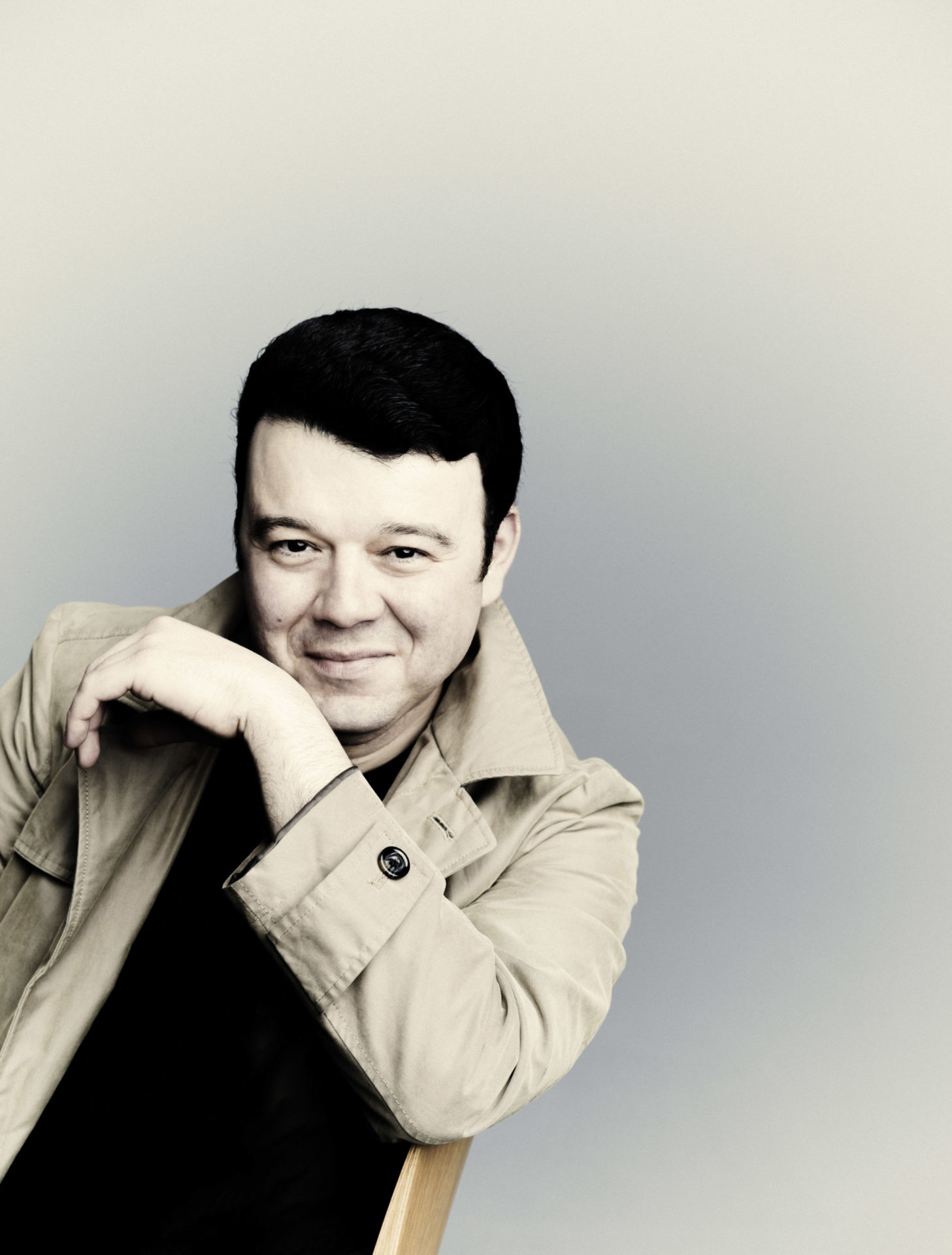From the Nashville Symphony
Wonderful Performances on a Dark Night in Nashville.
On April 1, the Music Director of the Milwaukee Symphony Orchestra, Maestro Ken-David Masur, joined the Nashville Symphony for a performance of Grażyna Bacewicz’ Overture for Orchestra, Sergei Prokofiev’s Violin Concerto No. 2 and Camille Saint-Saëns’ Symphony No.3 “Organ” in a stirring performance for an audience still rattled by the horrible shooting at the Covenant School just a few days previous. Indeed, it was difficult to forget because security for the concert was quite high, everyone’s purses were searched thoroughly on entering and the general mood was cautious.

After tuning, Masur stepped to the podium and announced that in respect for the solemnity of the moment, the orchestra would perform “Nimrod,” the ninth variation from Edward Elgar’s Enigma Variations, Opus 36, and then requested, in lieu of applause, the audience maintain a moment of silence for those that we have lost.
It was the correct selection. Elgar took inspiration for this variation from the second movement of Beethoven’s 8th Sonata, the Pathétique, telling a friend “Can’t you hear it at the beginning? Only a hint, not a quotation.” Later, the variation had found its way into our culture as a lament, performed in major moments of cultural tragedy, for instance, in London at the National Service of Remembrance or at the dissolution of the Greek National Orchestra. Nashville did a superb job, there were tears in the eyes of folks all around me. The silence that followed the great crescendo was stark and lucid yet, over all, I’d have to say that the performance was probably about as impactful as all of those “thoughts and prayers” we hear so much about. Masur strolled off stage and then back onstage and we proceeded as if it never happened.

The first scheduled piece of the night was Bacewicz remarkable Overture, written in Poland in 1943 in the months leading up to the Warsaw Uprising, when, as Masur described it, bombs were falling from overhead.” Masur also pointed out the opening’s four note relationship to Beethoven’s Fifth Symphony, and a melody that emerged through the violins in a hopeful depiction of victory over autocratic, “dictatorial foolishness” which he tied to the struggles in Europe now against the Russian aggressor Vladmir Putin. The work is inspiring, and a central Andante section, played with great feeling by Nashville’s woodwinds, was poignant.

Then the soloist, a handsome Vadim Gluzman with a certain amount of boyish charm, came onstage to play Russian composer Sergei Prokofiev’s Violin Concerto No. 2 in G minor. His last Western commission, Prokofiev wrote his second violin concerto just as he was attempting to negotiate a return to Russia, a home that he desperately missed despite Stalin’s growing shadow. In the Soviet Union and the West, and he was quickly emerging as one of the leading figures in of Soviet culture and art. This work overtly celebrates the culture he was returning to. The whiplash on Saturday, from moving from a message of hope for Ukraine to an overtly Russian nationalist piece with an opening Russian folk melody, was difficult to take.
Gluzman played it very well and with verve. Soon, in the recapitulation, the music reveals the biting sarcasm and dark braggadocio that is the Russian style. The second movement was where Gluzman really shined, bringing the Prokofiev’s wonderful line into stark view, a beautiful breath before the movement closed in an icy preparation for the finale, itself a catastrophic tumult which ends in unleashed fury, and thankfully, intermission.
After intermission Masur led the orchestra in a remarkable rendition of Saint-Saëns Organ symphony. The balance was so well measured that when the organ creeped into the texture, it was like a thief into the night. In the second half, where the organ ascends to its throne as the king of the instruments, it was absolutely bracing.
At the same time, and in the context of this concert, Saint-Saën’s work was deeply troubling. The primary theme of the first movement, clearly derived from the old Catholic Chant for the dead (the dies irae) returns at the end in a heroic major key. Some would have this as a depiction of Saint-Saëns breathing new life into the genre. The composer himself was less specific, never even mentioning the relationship. One wonders how the composer of the Danse Macabre and close friend of Franz Liszt wouldn’t recognize the relationship between the two melodies. Importantly, the piece’s dénouement was ambiguous enough that it could be interpreted as a transcendence, or a celebration, of death. For the audience it seemed to be the former, but on this night, I heard it darkly, as the latter. At the end, there was applause everywhere, rightfully rewarding an excellent performance of these difficult and interesting pieces. I had never more than that night, largely because it was suddenly unavailable to me, realized the amount of escape the symphony affords me. I am looking forward to a more positive message from the Nashville Symphony in their next concert on the weekend of the 14th, featuring Hannibal Lokumbe’s The Jonah People: A Legacy of Struggle & Triumph.



